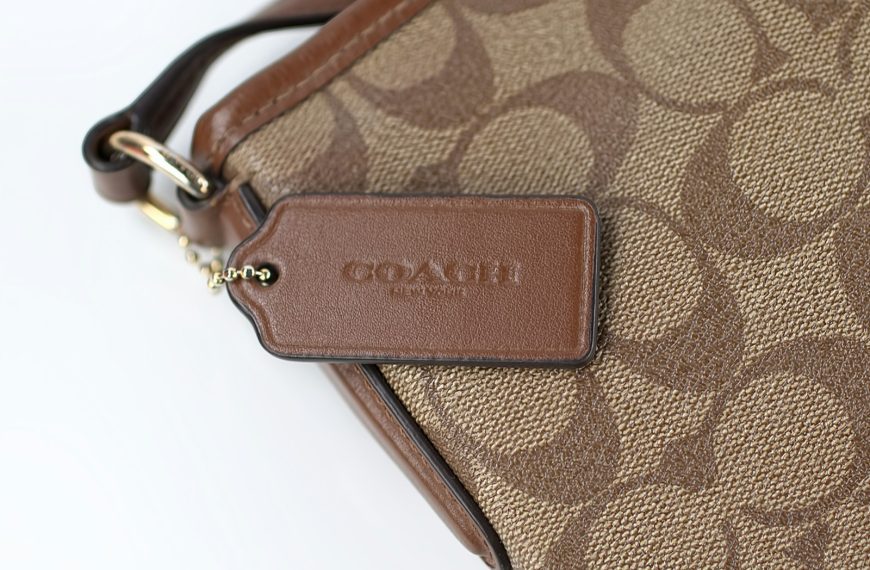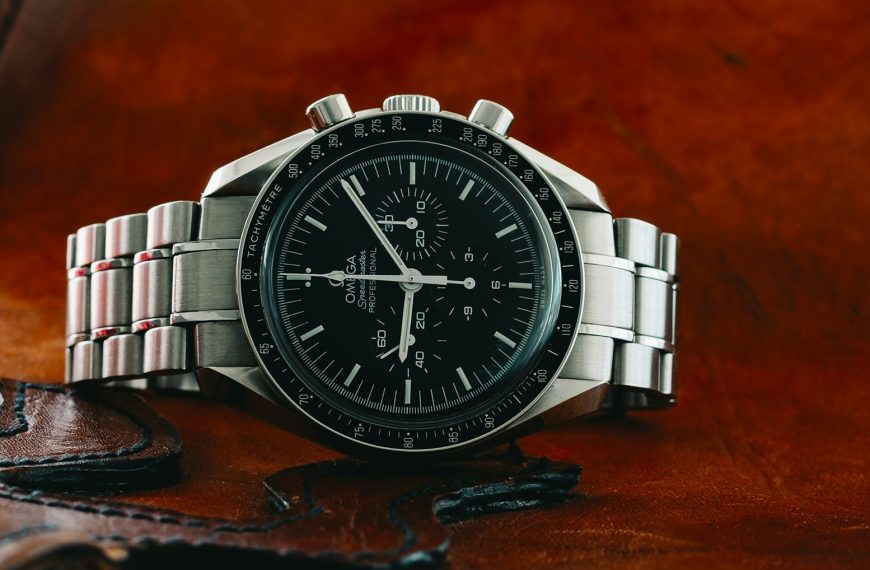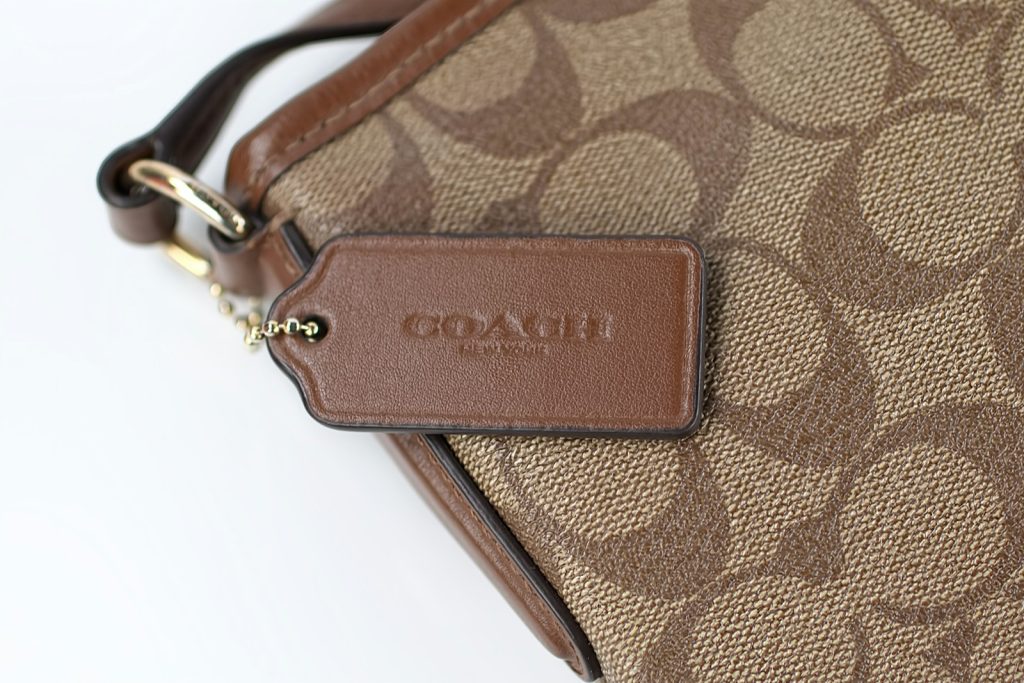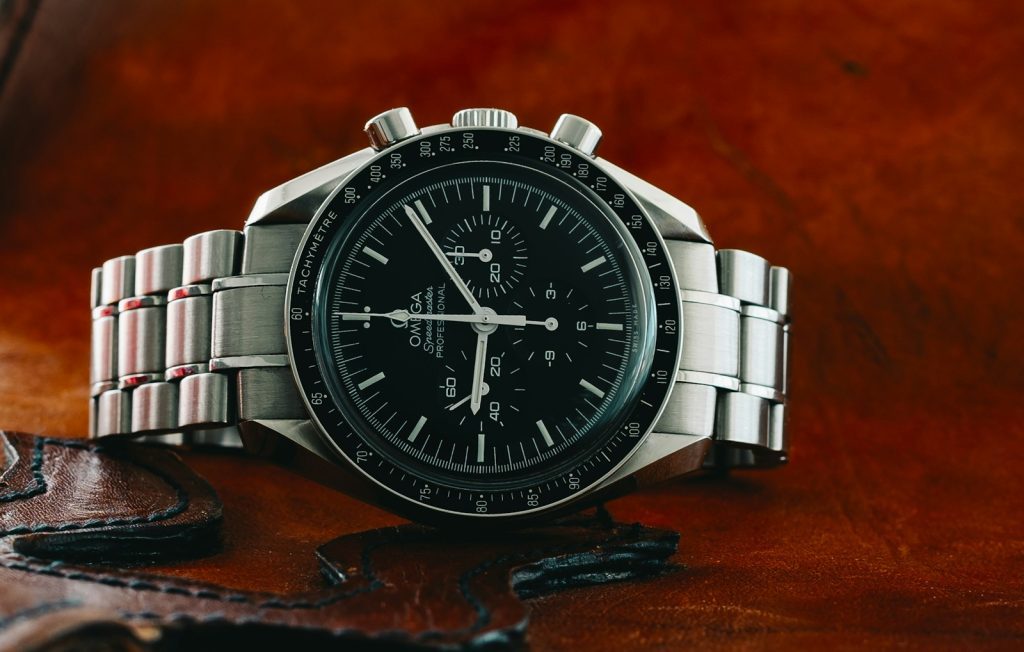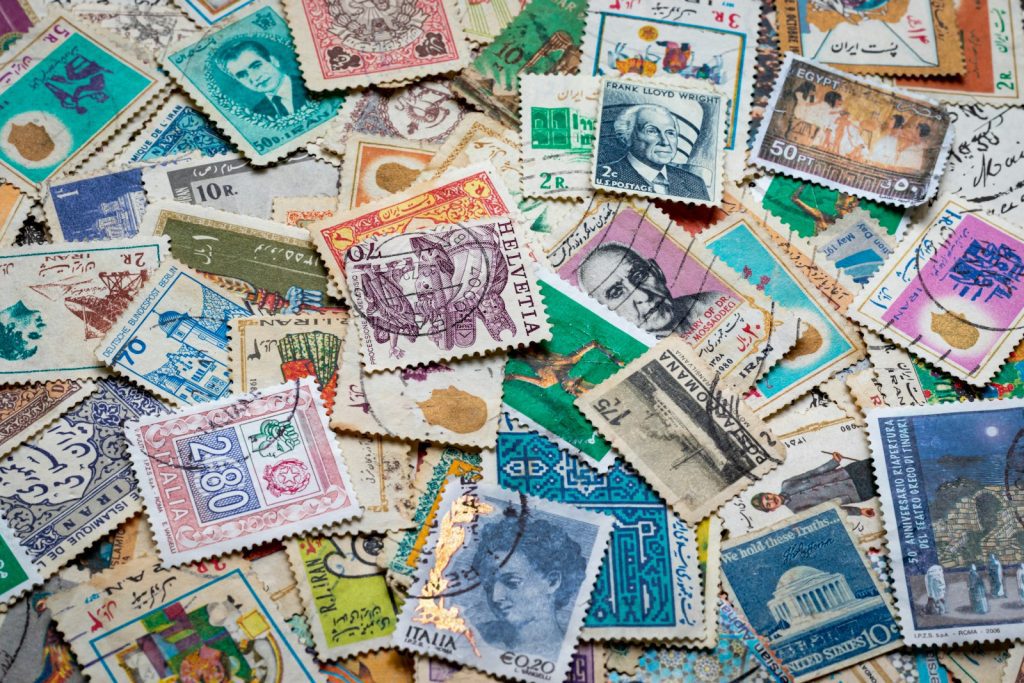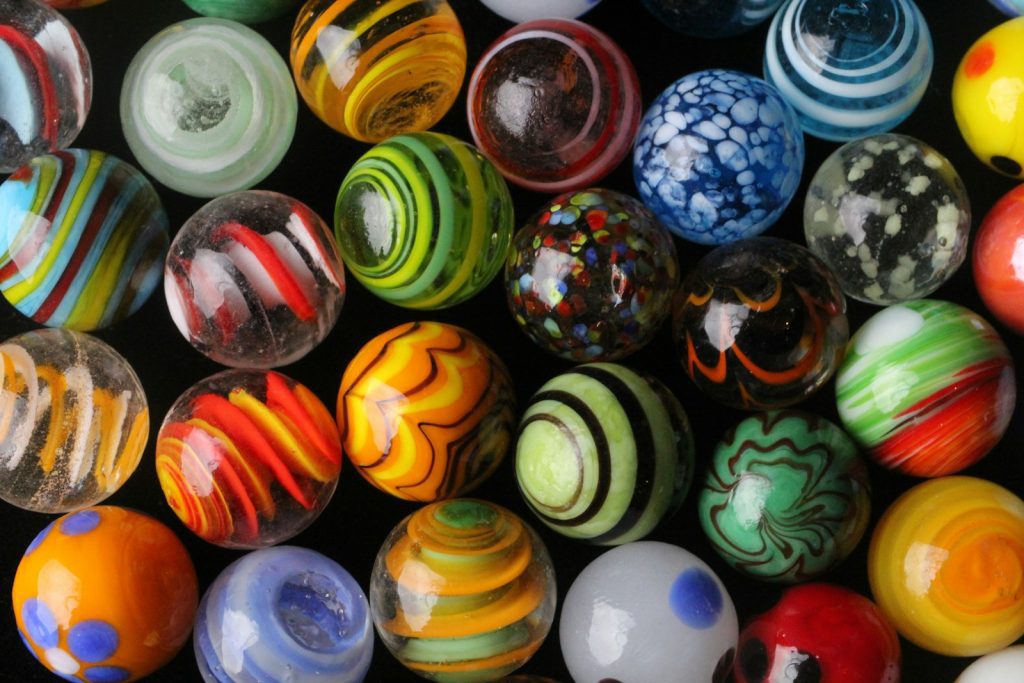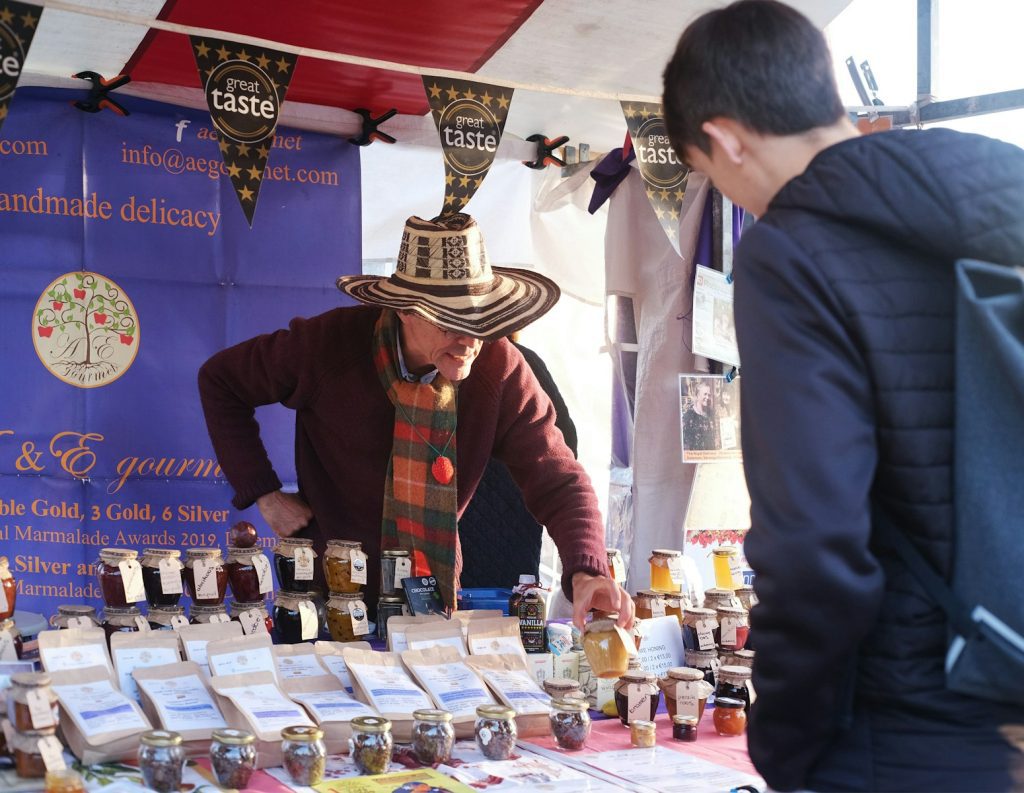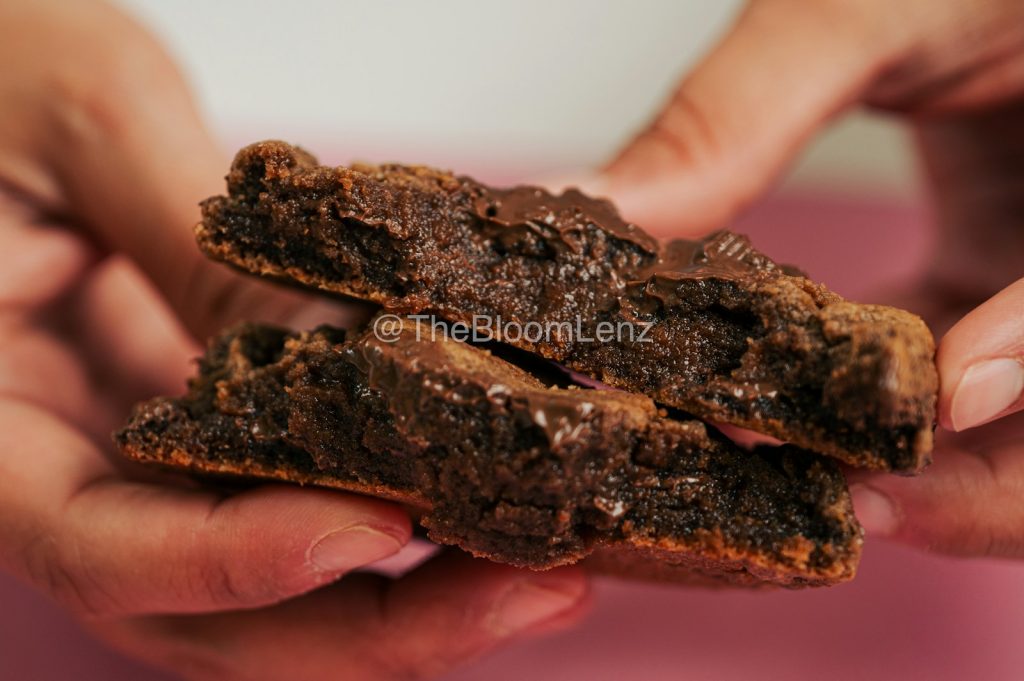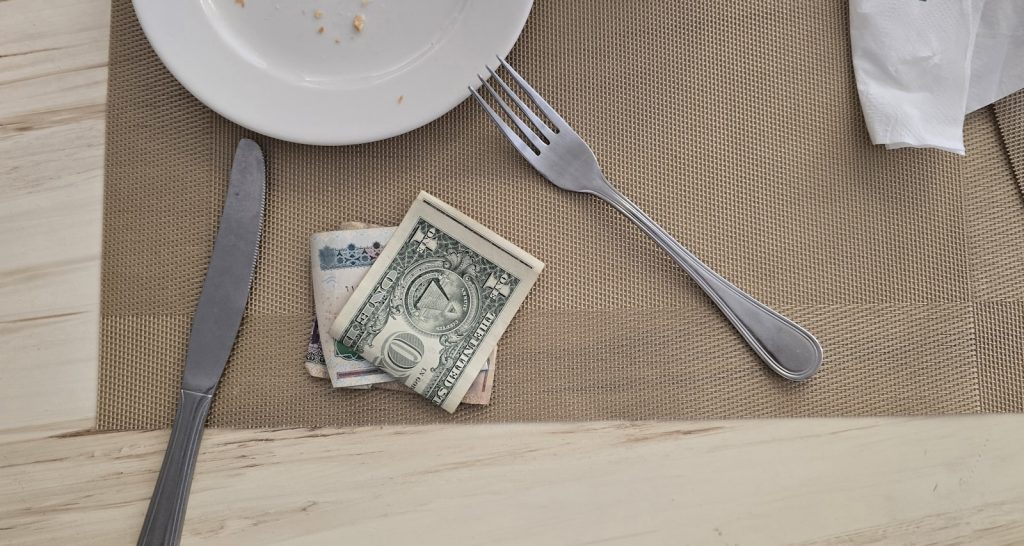When you’re browsing through old shops, markets, or even family attics, it can be tricky to tell which items are truly vintage. Knowing the difference helps you appreciate the value and history behind each piece.
You can learn to spot authentic vintage items by recognizing key signs of age, craftsmanship, and originality. This knowledge makes your finds more meaningful and helps you avoid imitations or modern reproductions.
Check for wear consistent with age

When you inspect vintage items, pay close attention to how they show wear. Genuine pieces have wear patterns where you’d expect—like edges, handles, or frequently touched spots.
Look for natural fading or slight discoloration in areas that get the most use. If the wear seems random or overly uniform, it could be a sign of artificial aging.
Trust your instincts. Items that wear “honestly” tell a story through their imperfections, making them truly vintage.
Look for original labels or tags

You can often tell if an item is truly vintage by checking the label or tag. Original labels usually show brand names, country of origin, and sometimes old care instructions.
Look closely for details like old logos or typography styles that match the time period. For example, vintage labels might not have zip codes or could list “Made in Britain” before manufacturing moved elsewhere.
If the label feels different or worn in a way that matches the garment’s age, it’s a good sign you’re holding an authentic vintage piece.
Inspect stitching and construction details

Take a close look at the stitching on your vintage piece. Hand-sewn items often have slight irregularities, which show skilled craftsmanship.
Uniform, machine-made stitches might mean the item is newer or less valuable. Check for double seams or hand-finished edges—they’re signs of quality.
Also, examine how the item is put together. Unique joining methods or hand-applied labels can help you spot authentic vintage items.
Examine hardware for signs of age
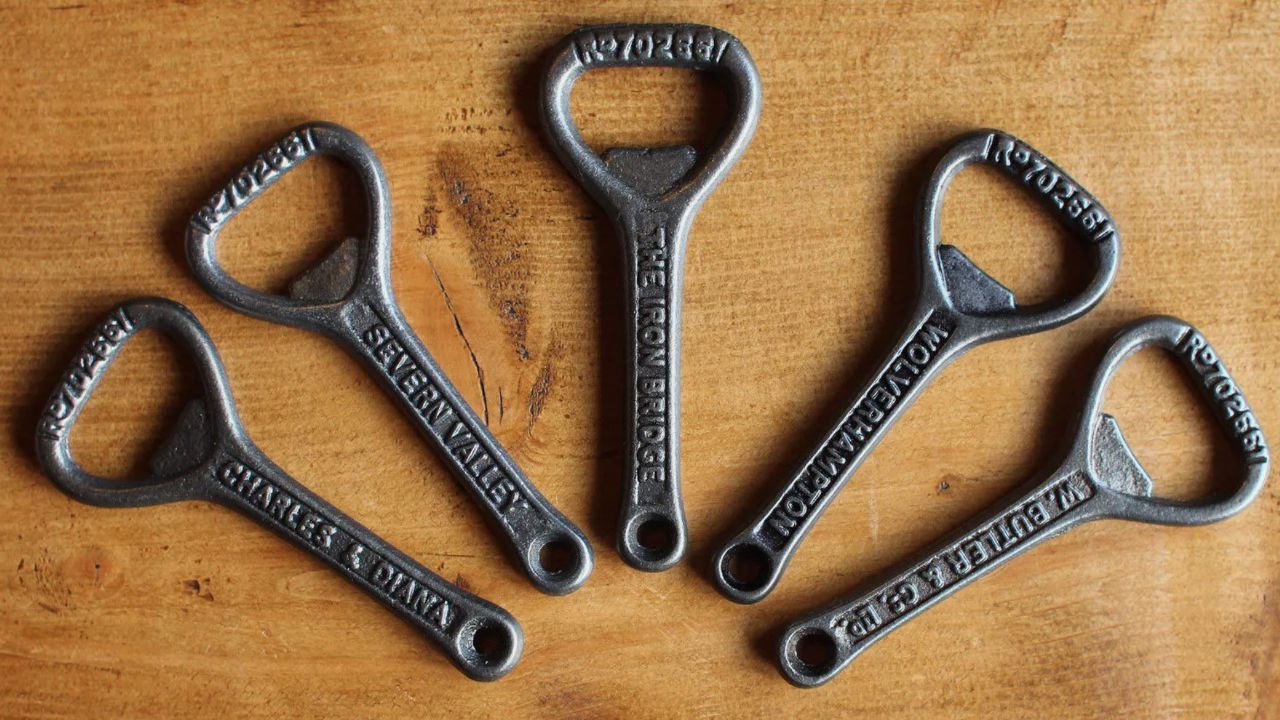
When you look at hardware on vintage items, pay close attention to screws and nails. Older pieces often have hand-forged nails or irregular screws, showing subtle imperfections.
Vintage hardware typically shows natural wear, like patina or slight tarnish. If the metal looks too perfect or new, it might be a reproduction.
You can also check for standardized machine-made screws, like Phillips-head types. These became common after the 1930s and usually indicate a newer piece.
Verify materials used match the era
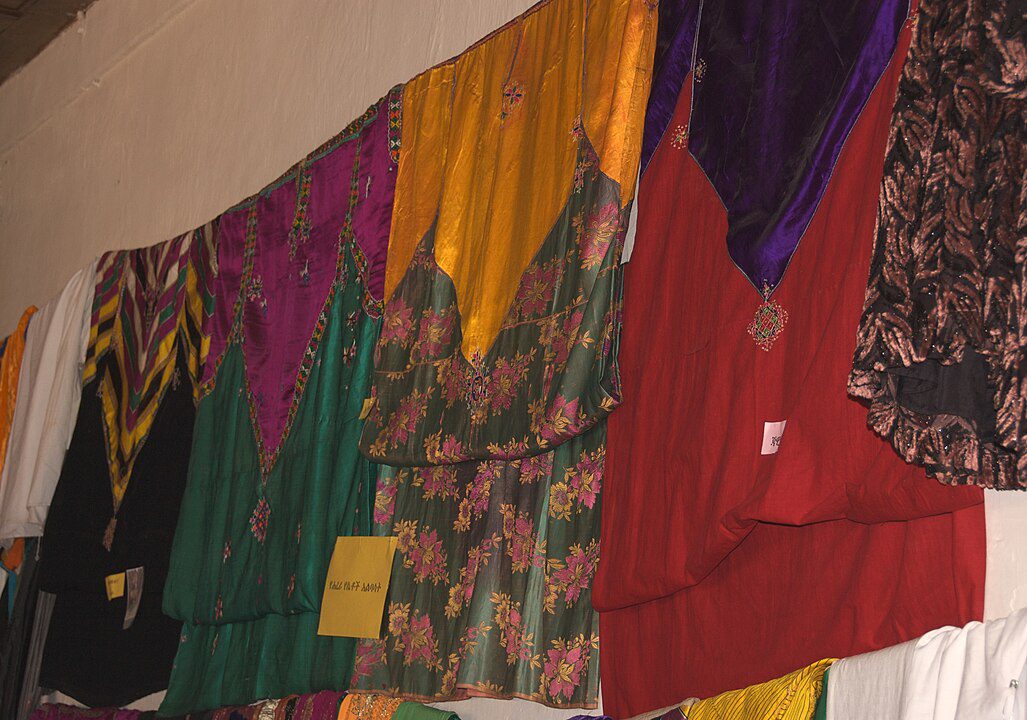
You want to check if the materials in your item fit the time period it’s supposed to come from. Different decades used distinct fabrics, metals, or plastics, so knowing these helps spot real vintage.
Look closely at textures and manufacturing methods. For example, some older fabrics feel heavier or show natural wear you can’t fake easily.
If labels are present, they can guide you too. Fonts and tag materials often changed over time and can confirm authenticity.
Identify manufacturer marks or stamps
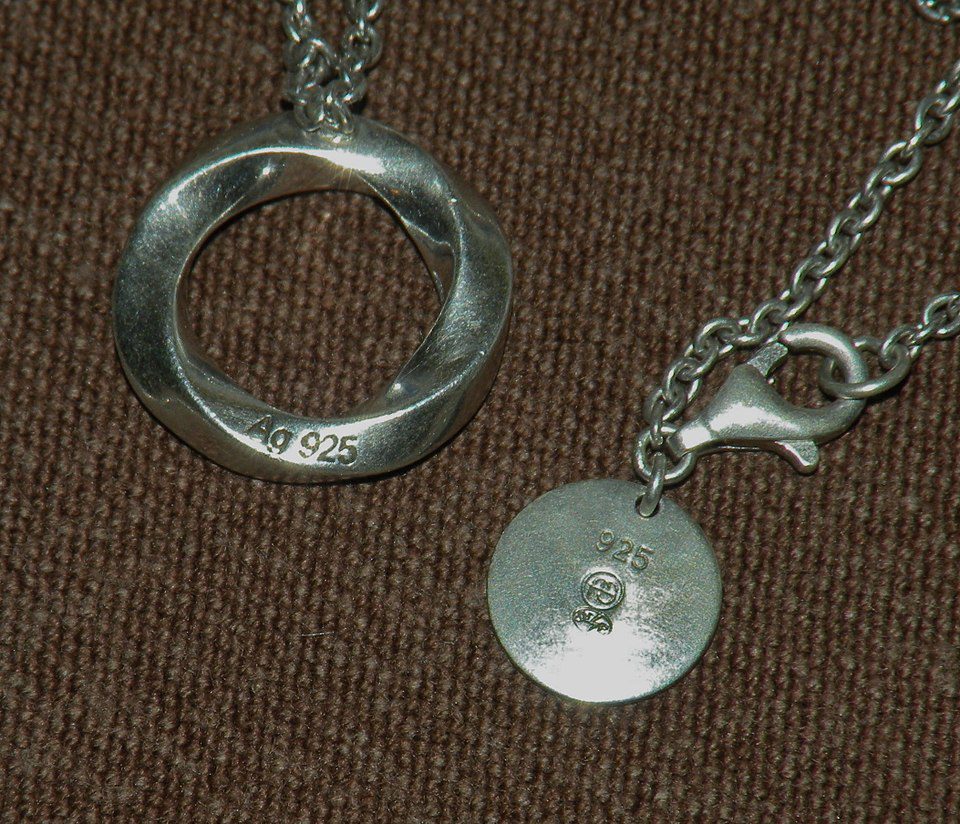
Look closely for labels, stamps, or marks on your item. These often reveal the maker and sometimes the production date.
You can research these marks online or in reference books to see if they match known vintage manufacturers. Authentic marks usually show wear and subtle aging.
Be cautious of perfect or overly clear printing, as these can be signs of modern reproductions. Genuine marks help you confirm your item’s age and origin.
Use a magnifying glass to spot engravings

You can use a magnifying glass to examine details closely on vintage items. Look for subtle engravings, stamps, or markings that might be hard to see with the naked eye.
Original engravings often have clean, precise lines without dots or pixels. This helps you tell them apart from modern prints or copies.
Checking these details carefully gives you a better chance of identifying authentic vintage pieces during your search.
Compare with known authentic pieces
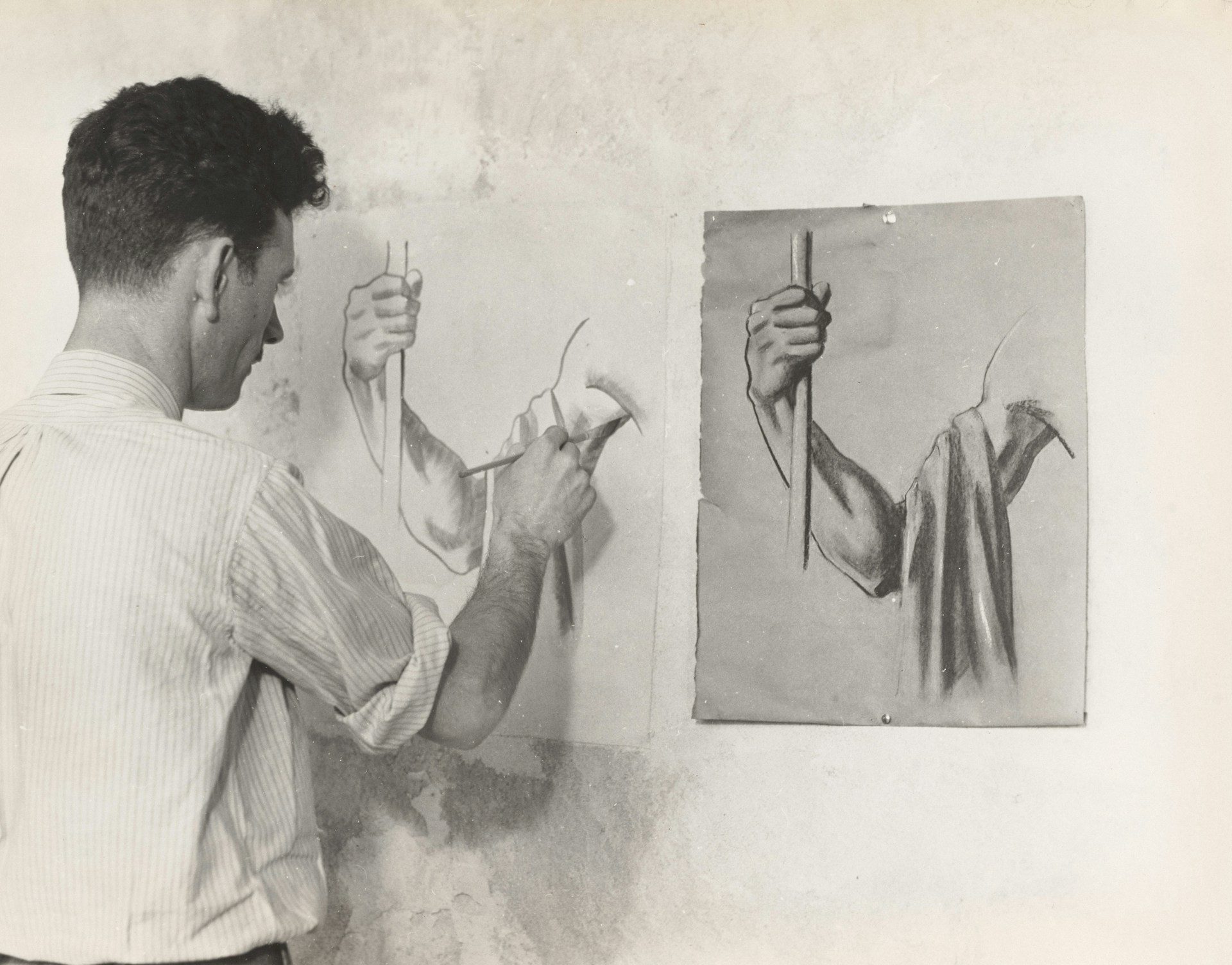
One of the best ways to spot authentic vintage items is to compare them with verified originals. Look at details like fabric, stitching, patterns, and hardware.
Pay close attention to how authentic pieces age naturally—fading, slight wear, and small imperfections can be good signs.
If possible, visit museums, trusted vintage shops, or online archives to study genuine items. This helps you recognize styles and craftsmanship specific to certain periods.
Trust your eye to spot differences between real vintage and reproductions that try to mimic age or style.
Research the item’s style period

You should start by learning about the design trends from the time the item is supposed to come from. Knowing the common materials, patterns, and colors used during that era helps you spot if something fits or feels out of place.
Look for specific details like manufacturer marks or labels that can link the item to a certain decade. This kind of research makes it easier to verify the item’s age and authenticity.
When you compare your item to reliable examples from that period, you get a clearer idea if it’s truly vintage or just styled to look old.
Check for color fading typical of old items

When you look at vintage pieces, pay close attention to color fading. Genuine old items often have uneven fading caused by sunlight exposure or age.
This fading is usually subtle and natural, like soft discoloration or slight changes in tone. If colors look too bright or perfect, it might be artificially altered.
You can also use strong light to spot fading patterns. This helps reveal authentic wear that adds character to your vintage find.
Smell for authentic vintage odors
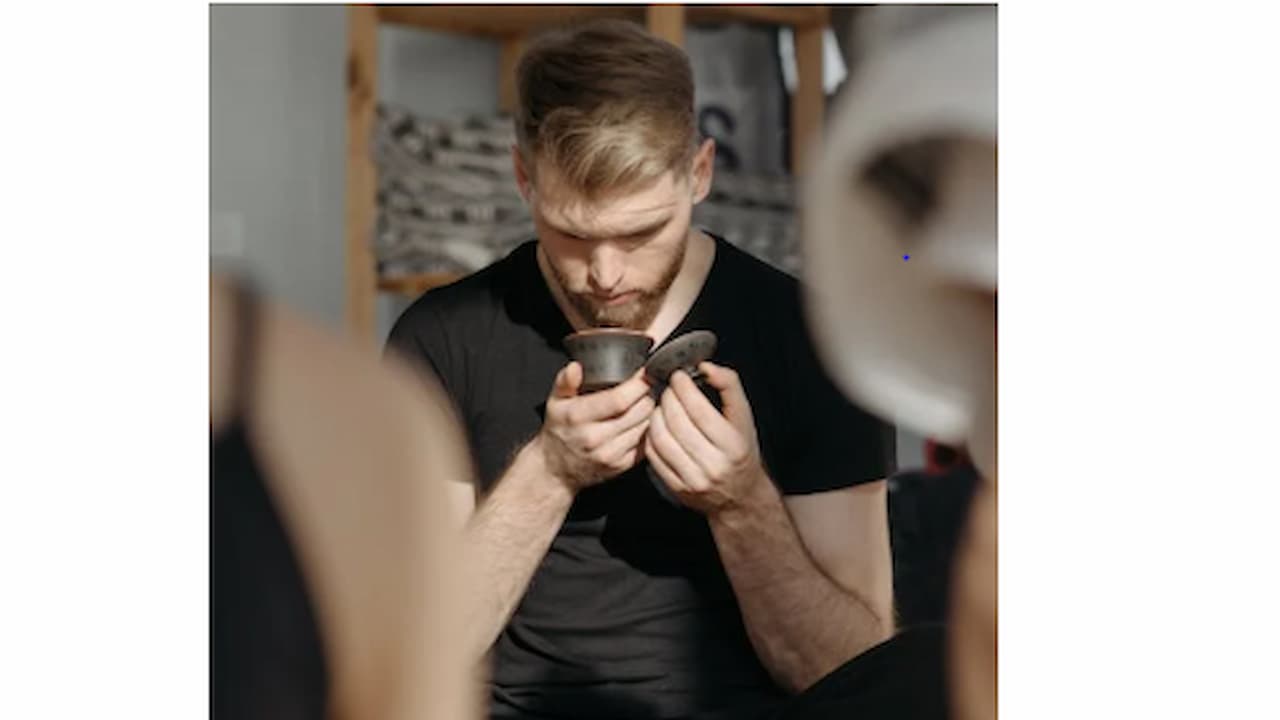
When you examine an item, use your nose as a tool. Genuine vintage pieces often carry subtle smells that are hard to fake, like the scent of old wood, worn fabric, or aged leather.
These natural odors can help you tell if an item is truly vintage or a modern reproduction.
Keep in mind, some vintage items may have musty or smoky smells, which you can often remove with time and care. Trust your sense of smell alongside other details when authenticating.
Look for repairs done long ago

You can often spot authentic vintage items by checking for repairs that were done a long time ago. These repairs usually show natural signs of aging, like faded glue or worn edges, blending in with the overall wear of the piece.
If repairs look too new or out of place, it might mean the item isn’t genuinely old or has been heavily altered. Genuine vintage repairs add character without hiding important details like maker’s marks.
Confirm aging on wood or metal parts
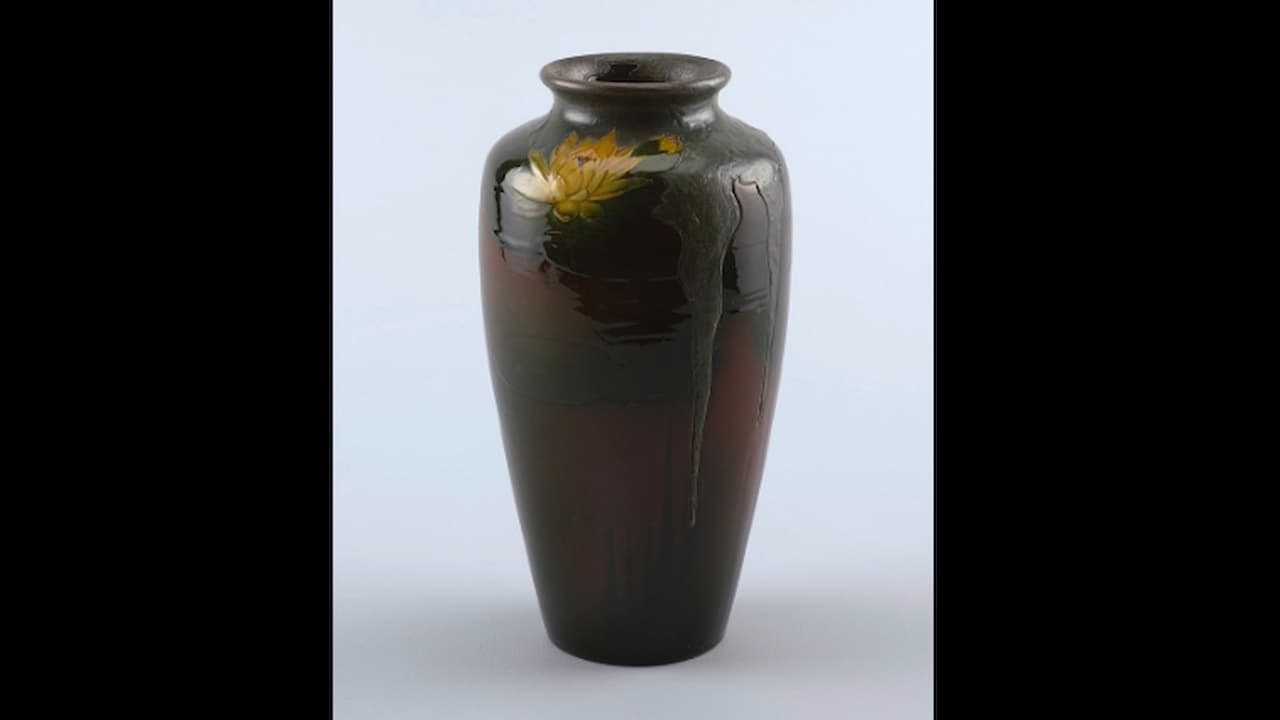
You can tell a lot about an item’s age by checking its wood or metal components. Look for natural signs like patina, tarnish, or small imperfections that develop over time.
Avoid pieces with uniform wear, since genuine aging shows uneven marks and textures. With wood, test for resistance by gently pressing or probing for soft spots that might suggest decay. Real vintage items will have subtle, irregular aging that matches their use and history.
Use UV light to detect modern paint or glue

You can use a UV light to check for repairs on vintage items. Modern glue and paint often glow under UV light, making them easy to spot.
This helps you find touch-ups or repaints that aren’t visible otherwise. It’s a simple tool that gives you an extra layer of confidence when evaluating authenticity.
Ask an expert or join vintage forums
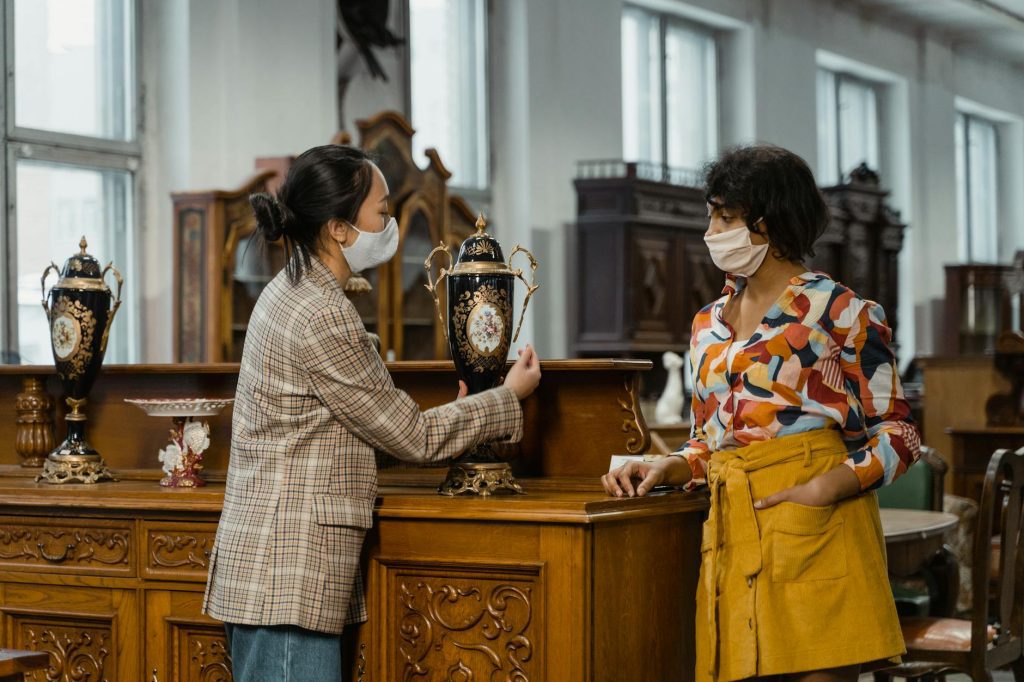
You can learn a lot by talking to someone experienced in vintage items. Experts often share tips that aren’t obvious in guides or books.
Joining online forums lets you ask questions and see what others have found. These communities are friendly and eager to help you spot authentic pieces.
By sharing photos and details, you get feedback that sharpens your eye for genuine vintage items. It’s a great way to gain confidence in your finds.



